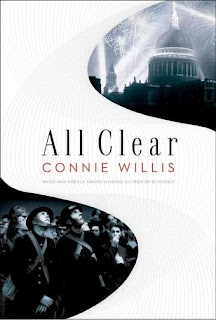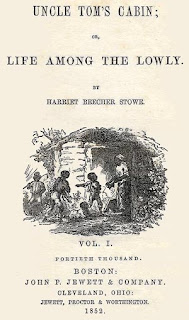The Subjection of Women

The Subjection of Women, by John Stuart Mill (and Harriet Taylor Mill?) John Stuart Mill, it turns out, was a feminist. His wife, Harriet Taylor, probably gave him some of the ideas for this book; she way well have helped him write it. While Mary Wollstonecraft tried to convince her audience that women would become better if they were treated better, Mill asserted that it didn't matter whether or not women as clever or as moral as men; being human beings, they should have equal rights regardless of individual qualities. I enjoyed reading t his book, and actually finished it a few weeks ago, but I'm afraid I haven't got anything terribly worthwhile to say about it. It's a good selection for this years Feminist Classics project, though, and you should read it. The edition I read was quite helpful and included a collection of reactions from Mill's contemporaries, though I would have liked to see information on Harriet Taylor as well.










